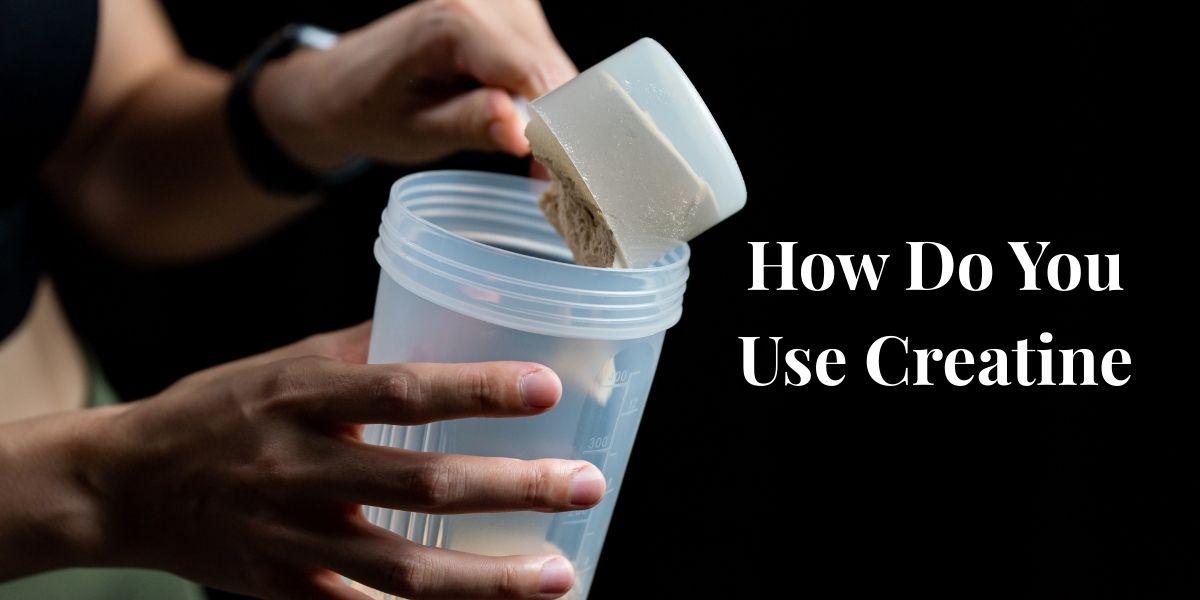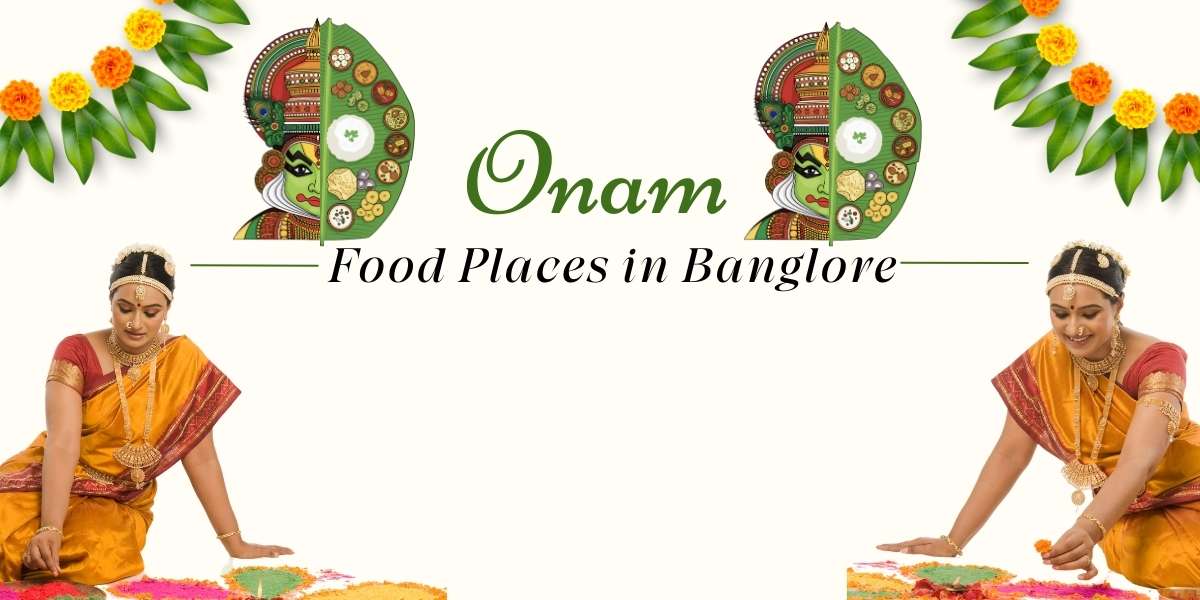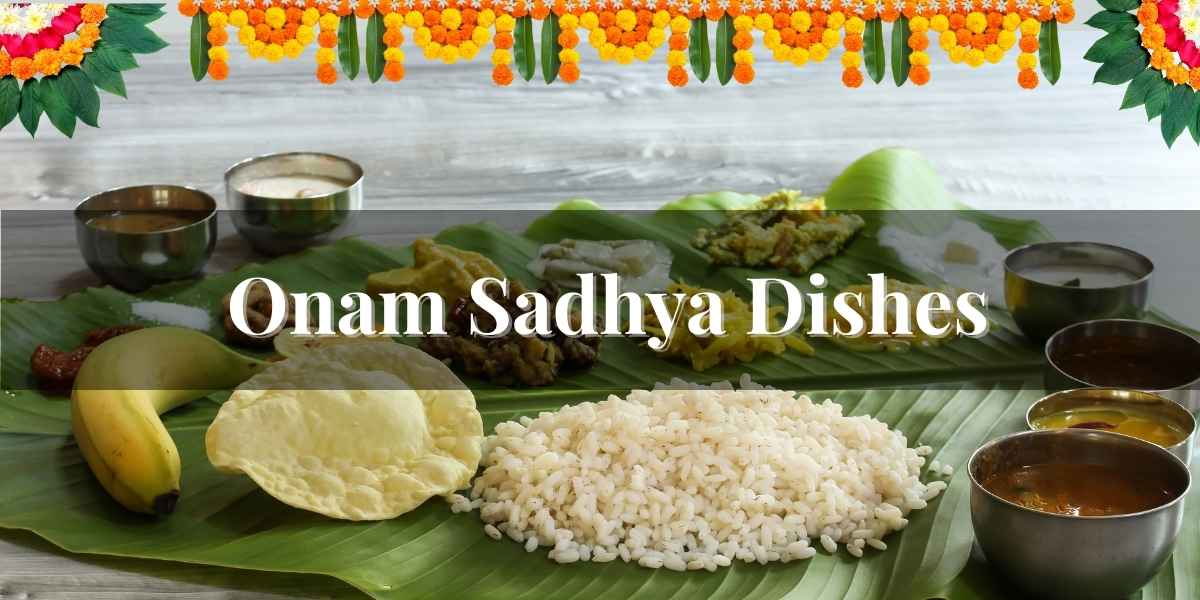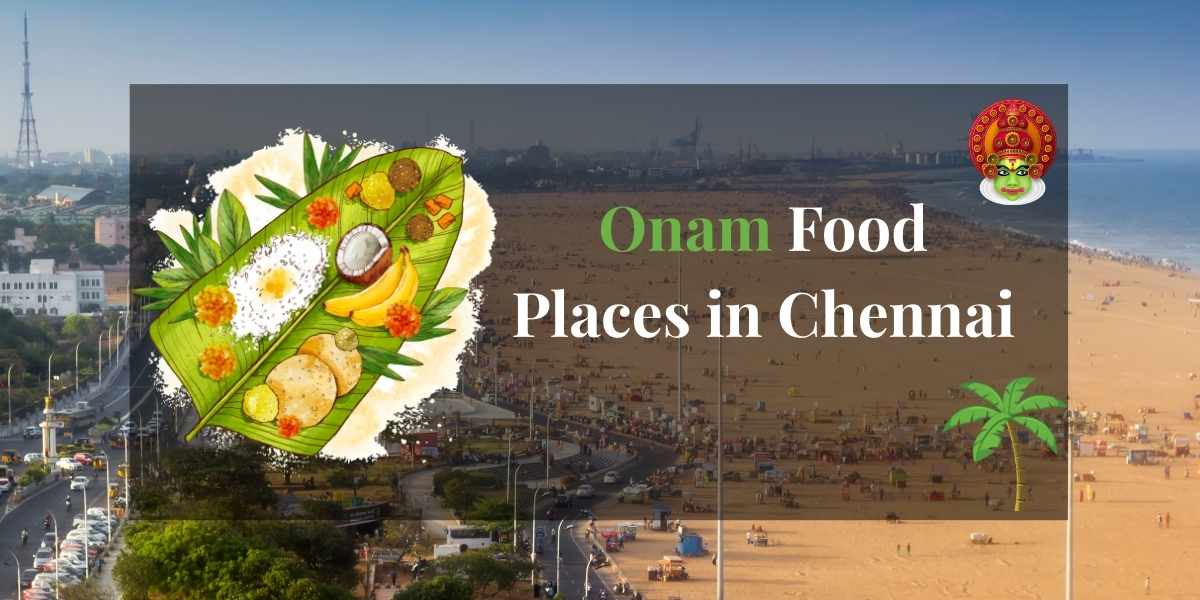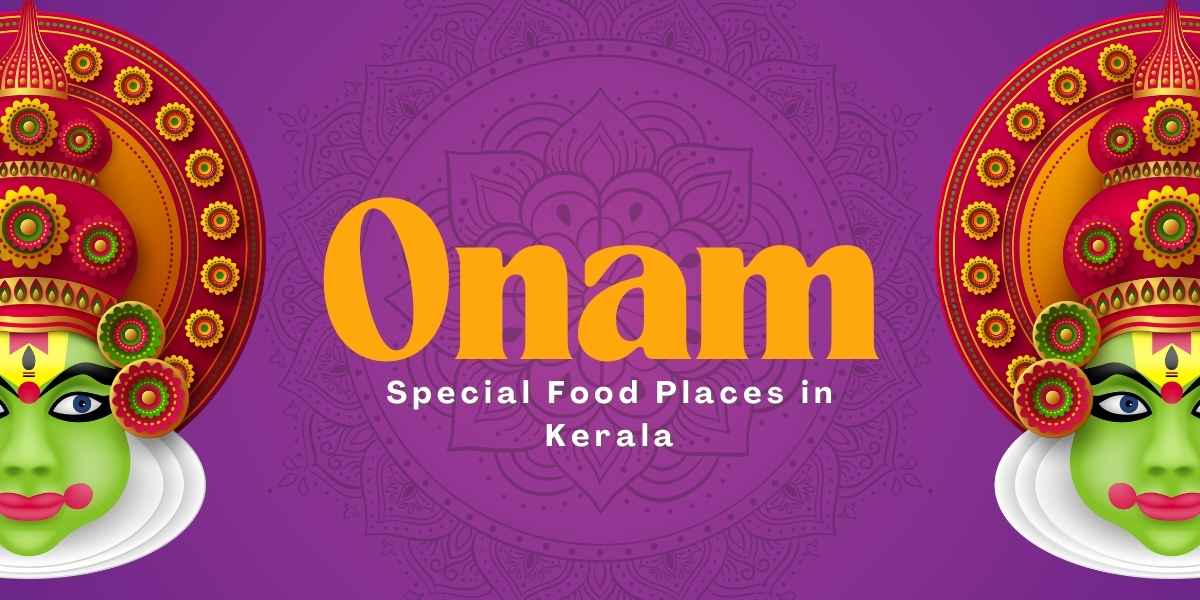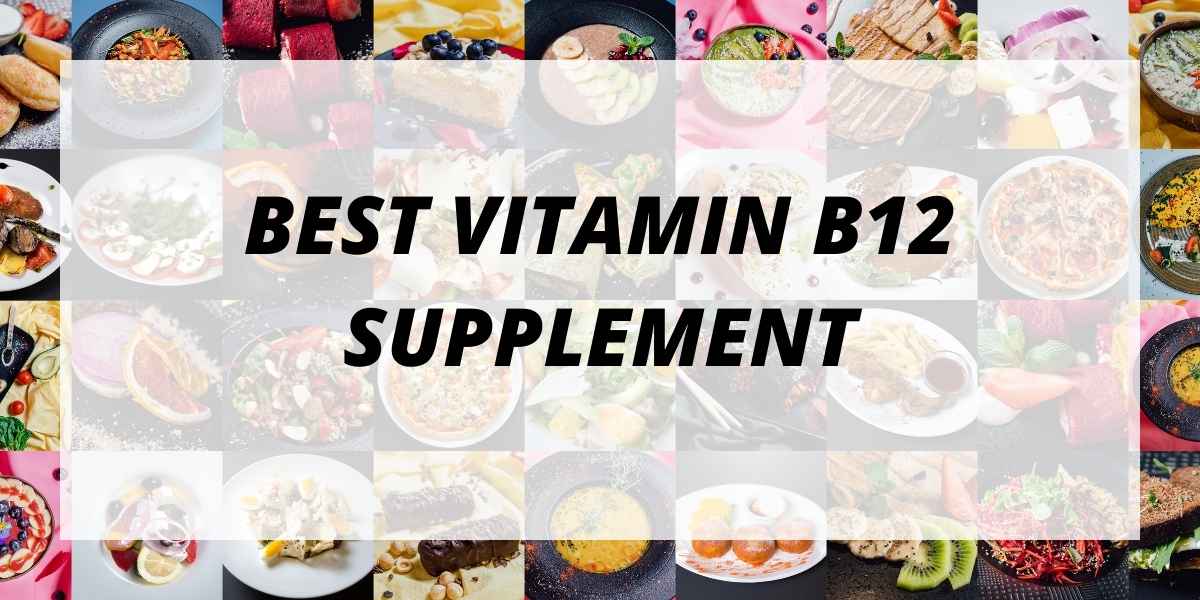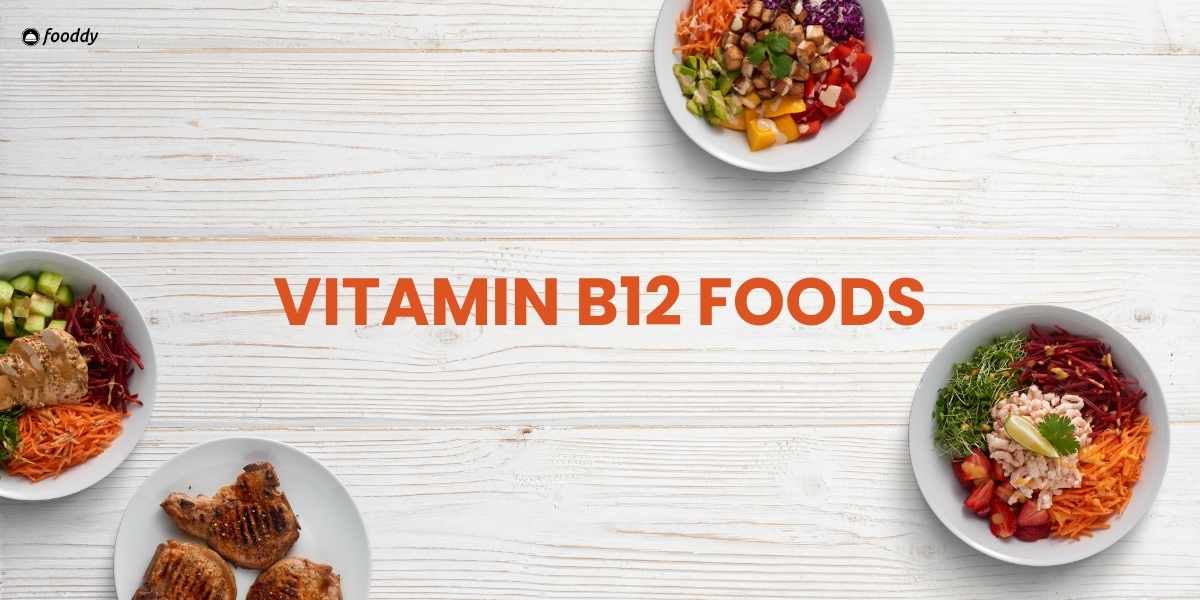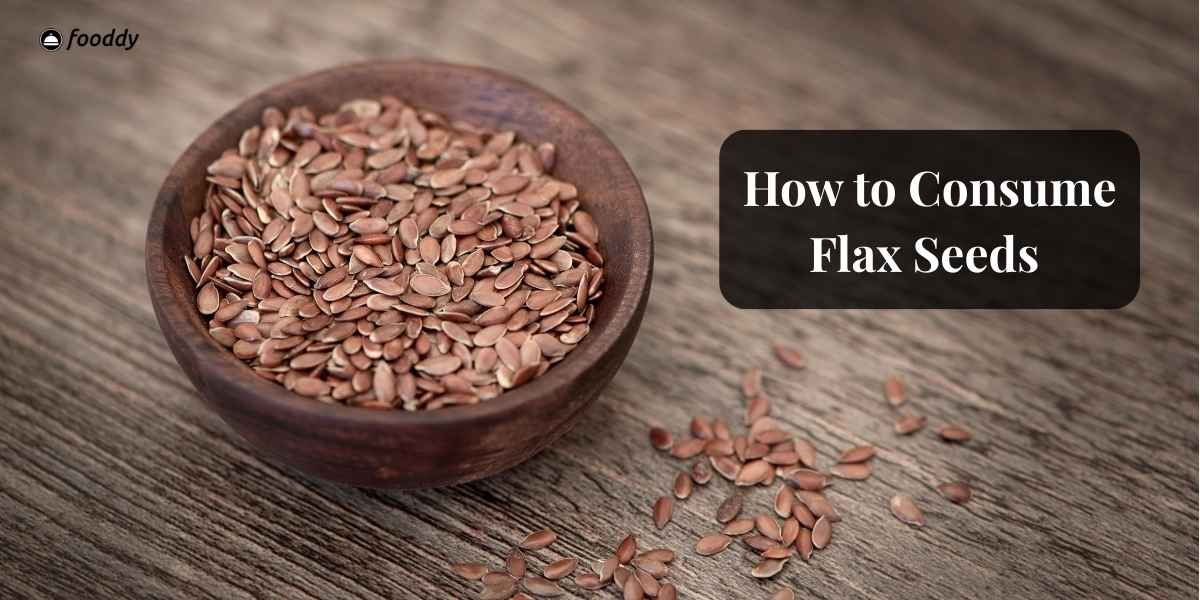Creatine is one of the most researched and widely recognized supplements in the fitness and sports industry. Whether you are a professional bodybuilder, an endurance-focused athlete, or someone who simply wants to boost overall strength and physical performance, creatine has been shown to deliver impressive results. Its popularity is rooted in years of scientific studies confirming its safety and effectiveness. Still, many people are unsure about the correct way to use it, how much is right for them, and what to expect once they start supplementation.
In this guide, we’ll walk you through everything you need to know about using creatine properly. From dosage recommendations and timing strategies to proven benefits, we’ll cover it step by step. You’ll also learn about potential side effects, with a focus on specific considerations for females, and find out why creatine monohydrate remains the most effective and trusted form available. Additionally, we’ll address important concerns like kidney safety and wrap it all up with 10 of the most frequently asked questions so you can feel fully confident in adding creatine to your fitness routine.
Steps on How to Use Creatine
Using creatine properly involves more than just tossing a scoop into your drink. To maximize its benefits, it’s important to follow specific steps that ensure your body absorbs it efficiently and consistently. Correct usage helps improve performance, supports recovery, and avoids wasted effort, making it much more effective than haphazard supplementation.
Choose the Right Type of Creatine
The most popular and research-backed option is creatine monohydrate. Other forms include:
- Creatine hydrochloride (HCl)
- Creatine ethyl ester
- Buffered creatine
Unless you experience digestion problems, creatine monohydrate remains the go-to choice due to its proven effectiveness, affordability, and long-standing scientific support.
Decide Whether to Do a Loading Phase
The loading phase is optional, but many choose it to help their muscles become saturated with creatine faster, allowing results to show sooner. Here’s the process:
- Loading phase: Take 20 grams per day, split into 4 doses of 5 grams, for 5–7 days.
- Maintenance phase: After loading, continue with 3–5 grams daily.
If you’d rather skip the loading phase, you can begin directly with 3–5 grams per day. The main difference is that full muscle saturation will take around 3–4 weeks instead of just one, but long-term results are essentially the same. This choice depends on whether you want quicker effects or don’t mind waiting a bit longer.
Also Read – Best Vitamin B12 Supplement
Take It Consistently
Consistency is essential when supplementing with creatine. Since it works by gradually building up in your muscles, skipping doses can slow down the process and reduce the overall effectiveness. To maintain steady levels, make it part of your daily routine and take it at the same time each day. Remember, creatine should be taken even on your rest days to keep your muscles fully saturated and ready for training benefits.
Mix with Water or Juice
Creatine is generally flavorless, making it easy to mix with different liquids. It dissolves best in slightly warm water, but many people also combine it with juice. Drinks like grape juice or any carb-rich beverage may enhance absorption a little due to the insulin response, though plain water is equally reliable. Choose whichever option feels most convenient and consistent for you, since the key is taking it daily.
Best Time to Take Creatine
While creatine can technically be taken at any time of the day, research suggests that post-workout may provide a slight edge for absorption and muscle recovery. Still, the most important factor is simply taking it daily without missing doses. Whether it’s pre-workout, post-workout, or even with a meal, staying consistent ensures your muscles remain saturated and you continue reaping the long-term benefits.
Stay Hydrated
Creatine works by drawing water into your muscle cells, which is why hydration is especially important while using it. Aim to drink at least 8–10 glasses of water throughout the day, and increase this if you’re training intensely or sweating more than usual. Good hydration supports performance, reduces the chance of muscle cramping, and ensures that creatine functions effectively inside your body.
Creatine Benefits
Creatine is not limited to muscle growth; it offers a wide range of proven benefits that support strength, endurance, and even brain health. Backed by years of research, it enhances both physical and cognitive performance, making it valuable for athletes as well as everyday individuals who want to feel stronger and more energized. By improving energy availability in your cells, creatine helps your body perform at higher levels while also aiding faster recovery.
Increases Muscle Mass
Creatine enhances your ability to perform intense training by boosting ATP (energy) production in your muscles. This allows you to push heavier weights, perform additional reps, and recover more efficiently between sets. Over time, these improvements lead to greater muscle gains and strength progression. Beyond just size, creatine also promotes fuller-looking muscles by drawing water into the muscle cells, giving you both short-term pumps and long-term growth benefits.
Improves Exercise Performance
Creatine enhances ATP production, which acts as the main fuel for muscular contractions. This improvement directly translates into better physical output during workouts and sports activities. With higher ATP availability, your muscles can perform at greater intensity without tiring out as quickly. This means you can:
- Sprint faster
- Lift heavier
- Recover quicker between sets
Over time, these performance boosts accumulate, helping you progress faster, break through training plateaus, and maintain higher workout quality.
Enhances Brain Function
Creatine may support overall cognitive performance by improving the brain’s energy supply. It has shown promising results in boosting mental sharpness, especially during times of sleep deprivation or fatigue, when energy demands are higher. Research also suggests it may improve memory and concentration by keeping brain energy levels more stable. For both athletes and non-athletes, this makes creatine useful not only for the body but also for maintaining mental performance in challenging situations.
Related – Vitamin B12 Foods
Speeds Up Recovery
Creatine has been found to reduce muscle inflammation and minimize cell damage that occurs after tough or high-intensity workouts. By lowering these effects, it allows your body to recover more efficiently, helping you bounce back quicker between training sessions. Faster recovery not only means less muscle soreness but also gives you the ability to train more consistently without long breaks. Over time, this contributes to better strength gains and steady progress in endurance and performance.
May Help with Certain Medical Conditions
Research is ongoing, but early findings suggest creatine may play a supportive role in managing some health conditions beyond athletic performance. Evidence points to its potential in assisting with:
- Neurodegenerative diseases (e.g., Parkinson’s, ALS)
- Type 2 diabetes (by improving glucose metabolism)
- Depression (through enhanced brain energy availability)
While more studies are needed, these promising areas indicate that creatine supplementation may extend benefits into therapeutic and medical applications, showing it’s far more versatile than just a fitness supplement.
Creatine Side Effects for Females
It is generally considered safe for women and has been studied across various fitness levels. However, there are a few unique considerations and common concerns that females may want to keep in mind before starting supplementation. Most side effects are mild, temporary, and often misunderstood, but being aware of them can help set realistic expectations.
Water Retention and Bloating
Some women may notice slight water retention during the first week of creatine use, particularly in the loading phase. This effect is temporary and caused by intracellular water being pulled into the muscles rather than fat gain. The result can make muscles look fuller, and the bloating feeling typically fades once the body adjusts, so it shouldn’t be mistaken for unwanted fat increase.
Weight Gain
It’s normal to see a small increase of about 1–3 pounds in the initial weeks of supplementation. This weight gain is primarily water within the muscles, not body fat. Far from being negative, this water retention helps improve muscle function and performance. Over time, the improved training output leads to true lean muscle growth, which enhances strength and overall body composition.
Hormonal Impact
Current studies confirm that creatine has no negative interference with female hormones. It does not affect estrogen levels, disrupt menstrual cycles, or alter fertility in any way. This makes it a safe supplement choice for women who want to improve their fitness goals while maintaining natural hormonal balance.
Digestion Issues
A small percentage of women may experience minor digestive discomfort when taking creatine, especially during higher doses in the loading phase. Common issues can include:
- Stomach cramps
- Nausea
- Diarrhea
These effects are usually mild and temporary. The easiest solution is to split the daily dose into smaller servings and take it alongside meals, which helps improve tolerance and reduces the chances of stomach upset.
Hair Loss Concerns
One small, isolated study linked creatine supplementation to increased levels of DHT, a hormone associated with hair loss in men. However, the evidence is weak, hasn’t been replicated in further studies, and does not directly apply to women. To date, there is no reliable proof that creatine causes hair loss in females.
✅ Verdict: Creatine remains one of the safest and most effective supplements for women, particularly those involved in strength training or high-intensity workouts. It supports performance, recovery, and long-term muscle growth without posing serious risks.
How Do You Use Creatine Monohydrate?
Creatine monohydrate is the most popular and research-backed form of creatine, trusted for its effectiveness, affordability, and safety. It has been studied for decades and remains the go-to option for athletes and fitness enthusiasts looking to improve strength, endurance, and recovery.
How to Take It
- Loading Phase (Optional)
- 20 grams per day, divided into 4 servings of 5 grams each, for 5–7 days.
Maintenance Phase
- 3–5 grams daily to keep muscles saturated.
Drink with
- Water
- Juice
- Protein shake
Take it:
- Post-workout or any other time of day. The most important factor is consistency rather than exact timing.
Cycle or Not?
- Cycling is unnecessary. Long-term use of creatine monohydrate is considered safe for healthy individuals.
Micronized Creatine
- A finer, more dissolvable version of regular creatine monohydrate that mixes easily and is often gentler on the stomach.
How Much Creatine is Safe for Kidneys?
There has been much confusion about creatine and its impact on kidney health, but the latest scientific research offers clear insight.
For Healthy Individuals
- 3–5 grams per day is considered completely safe for long-term use. This amount is effective for maintaining muscle creatine levels without posing risks to kidney health.
- Numerous studies have shown no harmful effects on kidney function in people with no pre-existing conditions. These findings are consistent across various research projects, reinforcing that creatine is a safe supplement when used as directed by healthy individuals.
For Those with Kidney Issues
- Suppose you have chronic kidney disease (CKD) or any other kidney-related conditions. In that case, it is important to consult a healthcare professional before starting creatine supplementation to ensure it is safe for your specific situation.
- Creatine supplementation may raise serum creatinine levels, but this increase is a misleading indicator. It reflects increased creatine metabolism rather than actual kidney damage, so elevated levels are not necessarily harmful or a cause for alarm.
Key Safety Tips
- Always stay well-hydrated to support kidney function.
- If you use creatine long-term, have your kidney function checked annually through blood tests.
- Follow recommended dosages and avoid taking excessively high amounts to minimize any potential risks.
Conclusion
It is one of the most effective, affordable, and safe supplements available today. Whether you’re training for muscle growth, athletic performance, or brain health, it offers a wide range of proven benefits.
Using it is simple: Choose creatine monohydrate, take 3–5 grams daily, and stay hydrated. It works just as well for women as for men, with minimal side effects and outstanding benefits. And most importantly, studies show it’s safe for your kidneys when used responsibly.
So, if you’ve been on the fence about starting creatine—now’s the time to give it a try and experience the gains for yourself.
FAQs
Q1. Should I take creatine before or after a workout?
Ans:- Either timing works, but taking it post-workout may provide slightly better results because of improved absorption during that period.
Q2. Can I take creatine on rest days?
Ans:- Yes, maintaining consistency is crucial. Continue taking your regular dose even when you’re not training to keep muscles saturated.
Q3. Is creatine safe for women?
Ans:- Absolutely. Creatine is both safe and effective for women, with very few side effects reported.
Q4. Do I need to load creatine?
Ans:- No, loading is optional. It speeds up muscle saturation but you can simply take 3–5 grams daily without a loading phase.
Q5. Will creatine make me look bloated?
Ans:- Some initial water retention may occur, but it is mostly inside the muscles rather than under the skin, so visible bloating is minimal.
Q6. Can creatine cause kidney damage?
Ans:- Not for healthy individuals. Multiple long-term studies confirm its safety regarding kidney function.
Q7. What happens if I stop taking creatine?
Ans:- Your muscle creatine levels will gradually decline over a few weeks, and you may notice a slight drop in performance.
Q8. Is it okay to take this with coffee or caffeine?
Ans:- Yes, moderate caffeine consumption is fine, though very high amounts might slightly reduce some of creatine’s benefits.
Q9. How long does it take for creatine to work?
Ans:- With a loading phase, benefits appear in about 1 week; without loading, it may take 3–4 weeks to see noticeable performance improvements.
Q10. Can vegetarians benefit more from creatine?
Ans:- Yes, vegetarians often have lower baseline creatine levels and tend to experience more significant gains from supplementation.

